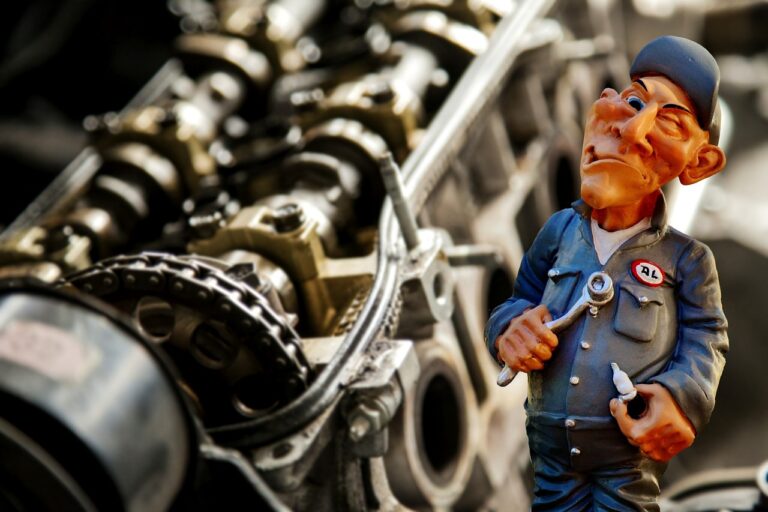Trends in Automotive Hydroforming Technologies
allpaanel mahadev book, mahadev book login id and password, online cricket id: Automotive hydroforming technologies have been increasingly gaining popularity in the manufacturing of various vehicle components due to their numerous advantages over traditional forming methods. Hydroforming involves using pressurized fluid to shape metal components, resulting in lighter, stronger, and more intricate parts compared to conventional methods like stamping or welding. In this article, we will explore some of the latest trends in automotive hydroforming technologies that are revolutionizing the industry.
Advancements in Materials
One of the key trends in automotive hydroforming technologies is the use of advanced materials to improve the performance of vehicle components. Manufacturers are now utilizing high-strength steels, aluminum alloys, and even composites to create lighter and more durable parts. These materials offer better resistance to corrosion, fatigue, and impact, leading to longer-lasting and safer vehicles.
Complex Geometries
Another trend in automotive hydroforming technologies is the ability to produce components with complex shapes and geometries. Hydroforming allows for the creation of parts with varying thicknesses, curves, and angles that are difficult to achieve with traditional methods. This capability enables designers to create more aerodynamic and efficient vehicle components that enhance performance and fuel efficiency.
Cost-Effectiveness
Automotive hydroforming technologies are becoming more cost-effective as manufacturers develop more efficient processes and machinery. The use of computer-aided design (CAD) and simulation software helps optimize the forming process, reducing material waste and production time. Additionally, advancements in hydroforming equipment have improved energy efficiency and overall productivity, leading to lower manufacturing costs.
Integration of Industry 4.0
With the rise of Industry 4.0, automotive hydroforming technologies are also evolving to integrate smart manufacturing practices. This includes the use of sensors, data analytics, and automation to monitor and optimize the forming process in real-time. By leveraging these technologies, manufacturers can improve production efficiency, quality control, and predictive maintenance, ultimately leading to higher yields and lower defect rates.
Environmental Sustainability
Environmental sustainability is a growing concern in the automotive industry, and hydroforming technologies are playing a role in reducing the carbon footprint of vehicle manufacturing. By using lighter materials and optimizing the forming process, automakers can decrease fuel consumption and emissions over the vehicle’s lifecycle. Additionally, hydroforming produces less scrap and waste compared to traditional methods, making it a more environmentally friendly manufacturing process.
Flexibility and Customization
One of the key benefits of automotive hydroforming technologies is the flexibility and customization they offer in producing vehicle components. Manufacturers can easily adjust the forming process to meet specific design requirements, allowing for greater design freedom and creativity. This flexibility enables automakers to produce unique and innovative parts that set their vehicles apart from competitors.
Overall, automotive hydroforming technologies have come a long way in recent years, offering numerous benefits to the automotive industry. From advancements in materials and complex geometries to cost-effectiveness and sustainability, hydroforming is shaping the future of vehicle manufacturing. By embracing these trends and integrating them into their production processes, automakers can stay ahead of the curve and deliver high-quality, efficient, and environmentally friendly vehicles to consumers.
FAQs:
1. What are the main advantages of automotive hydroforming technologies?
Automotive hydroforming technologies offer numerous advantages over traditional forming methods, including lighter and stronger parts, complex geometries, cost-effectiveness, and environmental sustainability.
2. How does hydroforming contribute to environmental sustainability in the automotive industry?
Hydroforming helps reduce the carbon footprint of vehicle manufacturing by using lighter materials, optimizing the forming process, and producing less scrap and waste compared to traditional methods.
3. How can automakers benefit from integrating Industry 4.0 technologies into hydroforming processes?
By integrating sensors, data analytics, and automation, automakers can improve production efficiency, quality control, and predictive maintenance, ultimately leading to higher yields and lower defect rates.







